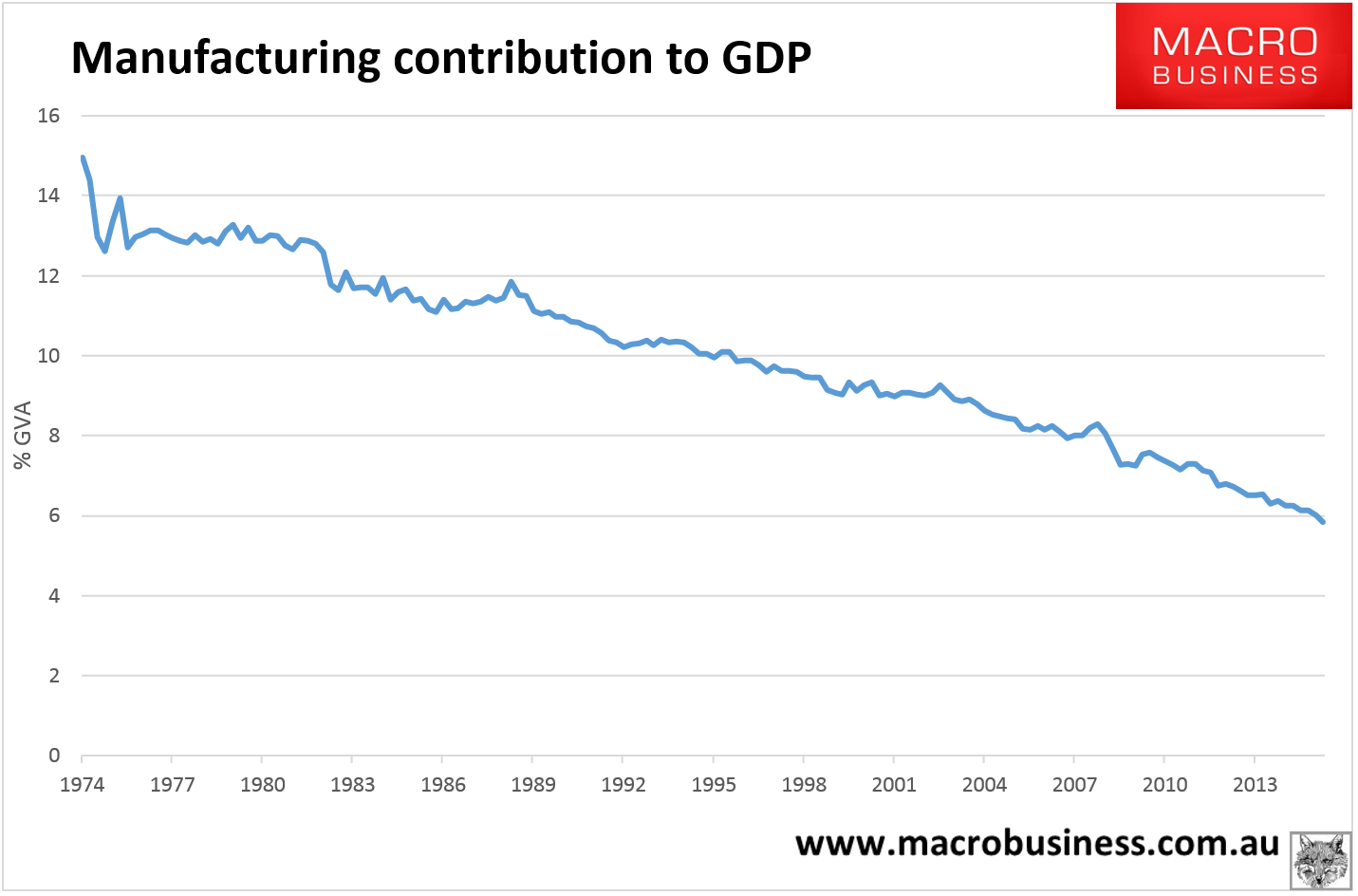From the ABC:
The city of Orange in central west New South Wales is saying goodbye to a factory that has left its mark on the city’s people, culture, architecture and economy.
The factory has a long and colourful history dating back more than 70 years, one that tells the story of Australia’s World War II effort, post-war migration and the decline of the manufacturing industry.
But now Australia’s last refrigeration factory is closing, leaving the remaining 300 staff to find new jobs.
In June 1941, construction began on a small arms factory at Orange to boost Australia’s war effort, producing barrels for .303 rifles and bayonets.
At peak production, the munitions factory employed more than 2,300 people, many of them women, but they worked an eight-hour shift compared to 12 hours for the men.
The opening of the hastily-constructed factory led to a large influx of people into Orange, which was previously mainly a rural centre based around the horticulture industry.
…From 1946 the factory started producing household goods including air-conditioners and washing machines, but over the years through rationalisation this was reduced to fridges and freezers and then finally fridges only.
In recent years the factory produced about 1,300 fridges every day under the Kelvinator and Westinghouse brands, and contributed more than $70 million annually to the local economy.
Electrolux management said its fridges could be made more cost effectively overseas, particularly in South-East Asia and eastern Europe.
The Orange factory’s general manager Mark O’Kane, who is taking a job heading up Electrolux’s factories in Thailand, said he was fearful for Australian manufacturing.
“I’ve spent some time in Thailand and it’s interesting in that you go through these industrial parks; they’re unbelievable the size of them,” he said.
“They have government support, they have trade free-zones within these industrial parks, and of course at the end of the day a labour rate of $2.50 an hour that is really hard to compete against.”
…All the factory equipment will be pulled out, but it is not yet known what will happen to the buildings and other property which include the main factory, a training centre, a canteen and rose garden.
Convert the factory into a museum of Australian manufacturing with an attached cafe and brothel. Retrain staff accordingly for Chinese tourists.:

Ensure urban containment policies are in place for land use to drive up property values.
Voila, Orange’s falling standards of living neatly disguised as new prosperity!

